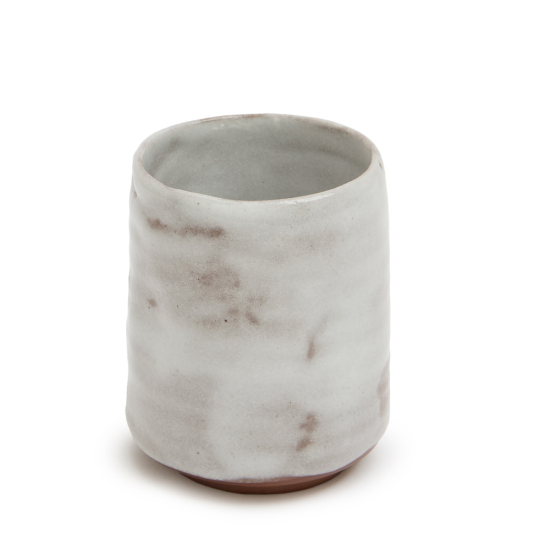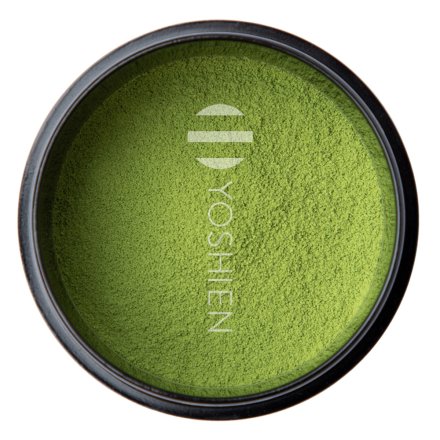Produced in the historic Mino province, present-day Gifu prefecture, Mino-yaki has a long ceramic history dating back to the 11th century, and since the 19th century has specialised in porcelain for everyday crockery. Mino ceramic production developed in correlation with that of Seto, in the neighbouring Aichi prefecture, which was the location of one of the legendary Six Ancient Kilns of Japan. A variety of styles and glazing techniques were produced in Mino following the Japanese tea ceremony or Chanoyu boom in the Momoyama period (1573–1615), including yellow Kiseto, black Setoguro and Tenmoku glazes, as well as Shino and Oribe wares.
Shino Uwagusuri 志野釉
Shino refers to a family of milky white pottery glazes that were originally used on traditional Japanese Shino-yaki wares made in the Mino and Seto areas. The first white glaze used in Japanese ceramics, it mainly consisted of local ground feldspar and clay that resulted in a satiny white colour.

















